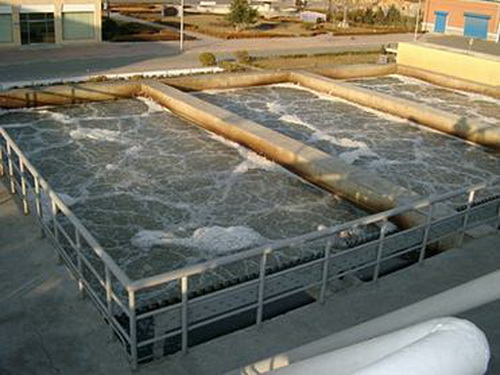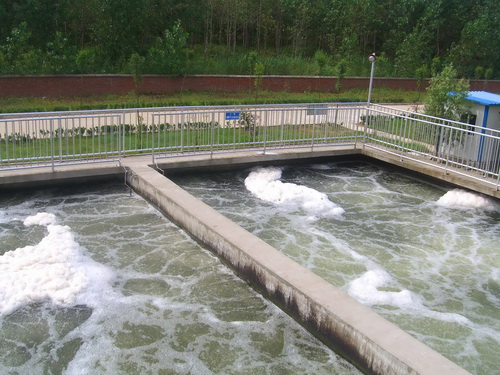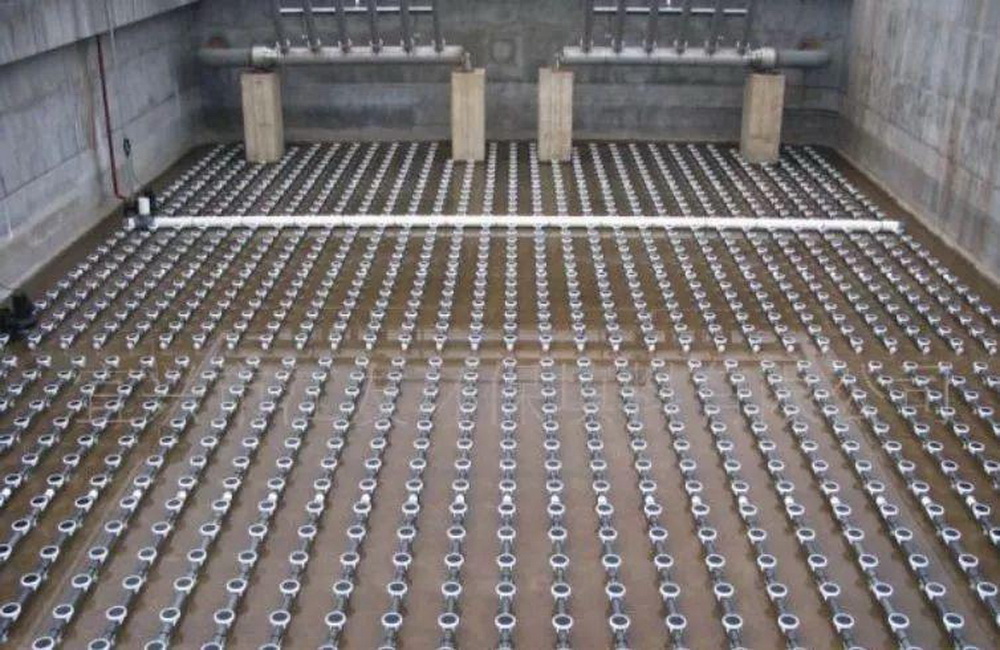E-mail: zqdicheng@chinadicheng.com
The Biological Aerated Filter is abbreviated as BAF, which is a new type of biological membrane wastewater treatment process developed in Europe and the United States in the late 1980s. The biological aerated filter is a membrane biological treatment process. The microorganisms are attached to the surface of the carrier. When the sewage flows through the surface of the carrier, the adsorption of organic nutrients, the diffusion of oxygen into the biofilm and the organisms that occur in the biofilm Oxidation, etc., oxidize and decompose pollutants, so that sewage can be purified.


1. Basic principles
A certain amount of granular filter material with a smaller particle size is filled in the filter, and biofilm is attached to the surface of the filter, and the inside of the filter is aerated. When sewage flows through, pollutants, dissolved oxygen and other substances first diffuse through the liquid phase to the surface and inside of the biofilm. The strong oxidative degradation ability of the high-concentration biofilm on the filter material is used to quickly purify the sewage. This is a biological oxidation degradation process. ; At the same time, because the filter material is in a compacted state when the sewage flows through, the small particle size of the filter material and the biological flocculation of the biofilm are used to intercept a large amount of suspended solids in the sewage and ensure that the fallen biofilm will not follow Water floats out, which is the retention effect; after a certain period of operation, due to the increase in head loss, the filter needs to be backwashed to release the retained suspended solids and renew the biofilm. This is the backwashing process.
2. Process characteristics

This process has the function of removing SS, COD, BOD, nitrification, nitrogen removal, phosphorus removal, and AOX (hazardous substances) removal. The biological aerated filter integrates biological oxidation and interception of suspended solids. Compared with the ordinary activated sludge method, it has a high organic load, a small area (1/3 of the ordinary activated sludge method), and less investment (30% savings) ), will not produce sludge expansion, high oxygen transmission efficiency, good effluent water quality, low operating energy consumption, low operating costs, etc., but it has strict requirements on the influent SS (generally SS≤100mg/L, preferably SS ≤60mg/L), so the influent water needs to be pretreated. At the same time, its backwash water volume and head loss are relatively large.
Its process performance is as follows:
No. | Name | Unit | Parameter |
1 | Filtration speed | M/h | 2-8 (More than 10 during denitrification) |
2 | Backwash air intensity | L/mm2s | 10-15 |
3 | Backwash water intensity | L/mm2s | 5-6 |
4 | BOD organic load | Kg/m3d | 2-6 |
5 | COD organic load | % | 4-14 |
6 | System oxygen efficiency | % | 30-35 |
7 | Nitrification (10℃) | Kg/m3d | 0.4-0.8 |
8 | Nitrification (20℃) | Kg/m3d | 0.8-1.2 |
9 | Denitrification (10℃) | Kg/m3d | 1.5-2.5 |
10 | Denitrification (20℃) | Kg/m3d | 0.7-1.5 |
Copyright © Shandong Dacheng Machinery Technology Co., Ltd All Rights Reserved | Sitemap | Powered by 